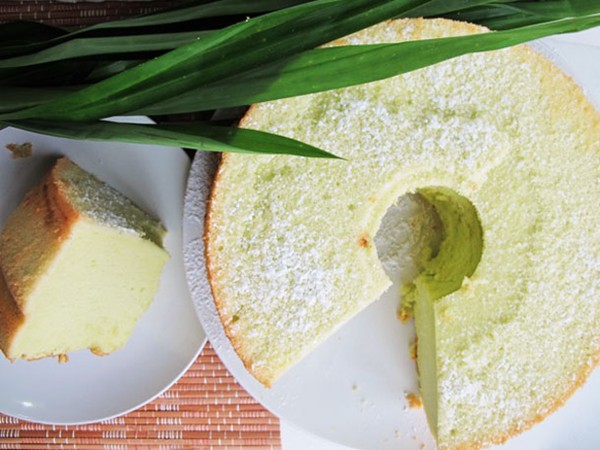Around the world in a cake
March 1, 2018 by Darcie 
What’s the go-to baked item to celebrate life’s big events like birthdays, graduations, and weddings? Cake, of course! For centuries, cakes have provided the backdrop to celebrations of every sort around the world. According to the Food Timeline, the root of the word ‘cake’ can be traced to the 13th century, although it took until the mid-17th century for cakes to resemble the round, iced cakes we are familiar with today. Each area or country around the world has developed its own special cake, and CNN has listed many of them in a slideshow of cakes of the world.
Choosing just one cake to represent a country is fraught with difficulty, as each region within a country would like to claims its version as the national standard. It seems fitting, then, that the list begins with the somewhat controversial choice of tiramisu to represent Italy. It’s my understanding that tiramisu is far more popular with visitors to the country than with the locals. Perhaps panforte or a semolina cake would be more appropriate here?
Other selections seem to fall outside of the traditional definition of cake. Picking baklava for Turkey may be an appropriate choice vis-à-vis popularity, but it doesn’t seem to fit the criteria to be called a cake (in the EYB Library baklava falls under the Pies, tarts & pastries category). Rather than arguing over the semantics of what is necessary for something to be called a cake, perhaps it’s best to just accept the inclusion and move on.
There are good arguments to be made for the choice of cheescake as the representative example for the United States, although the selection could just as easily been one of a dozen other American creations like Boston cream pie (an example of terrible naming), Devil’s food cake or its offshoot red velvet cake, or chiffon cake.
England’s cake is the classic Victoria sponge (with the controversy of whether or not to include whipped cream duly noted). While Australia and New Zealand both lay claim to pavlova, here it’s given to New Zealand, based on the definition of the Oxford English Dictionary, which states that the first verified appearance of this delicious treat can be traced to New Zealand in 1927.
The choice for Uruguay is a cousin of pavlova. Postre chaja is a dessert composed of “layers of soft cake, cream and (usually) peach encased in a meringue shell.” It’s named after a South American bird.
Reading through the list is spurring me to make pandan cake, a popular treat throughout Malaysia, and to try what’s called lapis legit in the article. Also known as kek lapis and kuih lapis, it’s a rich, multi-layered confection with a striking appearance.
Photo of Pandan chiffon cake from Serious Eats
Categories
- All Posts (6940)
- Antipasto (2135)
- Author Articles (247)
- Book News (935)
- Cookbook Giveaways (983)
- Cookbook Lovers (257)
- Cooking Tips (109)
- Culinary News (299)
- Food Biz People (552)
- Food Online (791)
- Holidays & Celebrations (272)
- New Cookbooks (149)
- Recipes (1500)
- Shelf Life With Susie (231)
- What's New on EYB (133)
Archives
Latest Comments
- eliza on What foods do you look forward to the most for each season?
- kmwyman on Rooza by Nadiya Hussain – Cookbook Review and Giveaway
- Maryd8822 on The Golden Wok – Cookbook Giveaway
- Dendav on Danube Cookbook Review and Giveaway
- sanfrannative on Rooza by Nadiya Hussain – Cookbook Review and Giveaway
- darty on Danube Cookbook Review and Giveaway
- Atroyer7 on Danube Cookbook Review and Giveaway
- demomcook on What foods do you look forward to the most for each season?
- demomcook on Danube Cookbook Review and Giveaway
- Darcie on How cookbooks can help build resilience